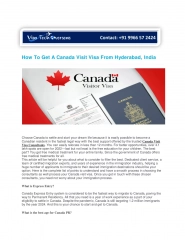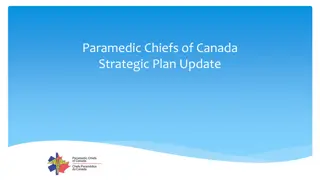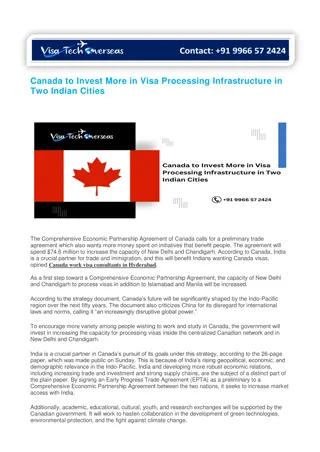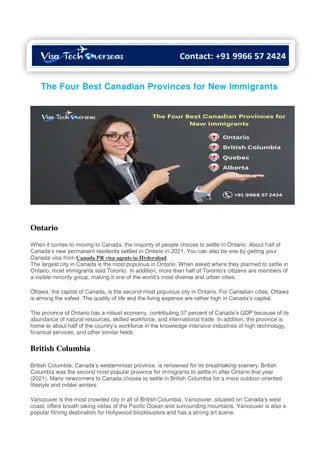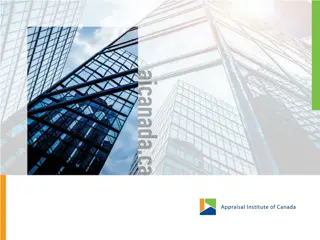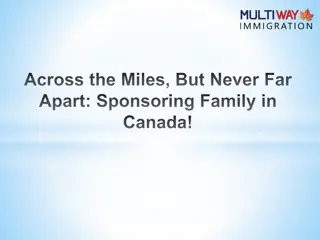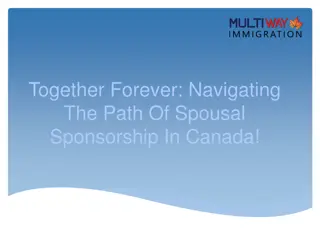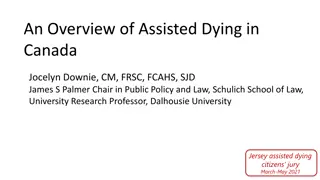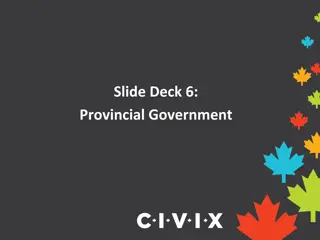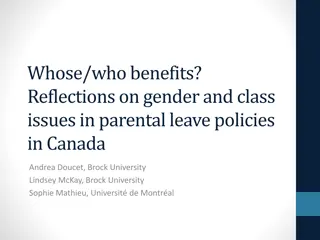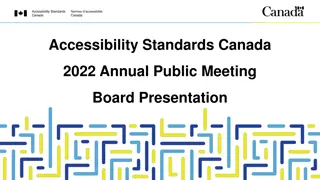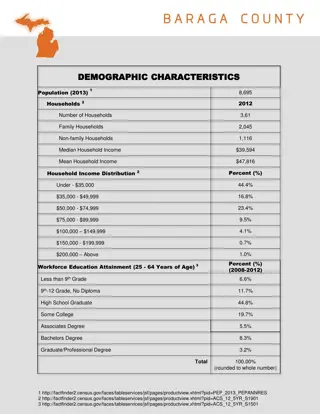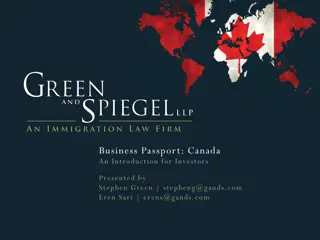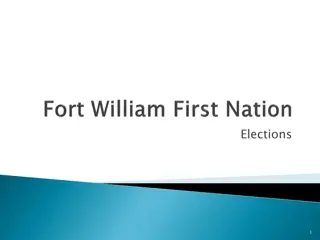Understanding Levels of Government in Canada
A representative democracy in Canada consists of various levels of government, including federal, provincial, municipal, and Indigenous governments. Elected representatives at each level make policy decisions and pass laws on behalf of the citizens. The federal government is led by the Prime Minister, while each province has its Premier. The political party with the most elected representatives usually forms the government. This overview compares the roles and structures of the federal and provincial levels of government in Canada.
Download Presentation

Please find below an Image/Link to download the presentation.
The content on the website is provided AS IS for your information and personal use only. It may not be sold, licensed, or shared on other websites without obtaining consent from the author. Download presentation by click this link. If you encounter any issues during the download, it is possible that the publisher has removed the file from their server.
E N D
Presentation Transcript
Slide Deck 5: Levels of Government
What does a representative democracy mean?
A representative democracy is a form of government in which representatives are elected to make policy and pass laws while representing the citizens. Each elected official represents a different geographic area, such as an electoral district, riding or ward.
Levels of Government in Canada Federal government Provincial and territorial governments Municipal and local governments First Nations, M tis, and Inuit government Each level of government has its group of elected representatives.
Federal The elected representative is called a Member of Parliament (MP) There are currently 338 elected MPs MPs debate and pass laws in the House of Commons in Ottawa The leader is called the prime minister The Queen is represented by the governor general
Ontario Provincial The elected representative is called a Member of Provincial Parliament (MPP) There will be 124 MPPs after the June election MPs debate and pass laws in the Legislative Assembly in Toronto The leader is called the premier The Queen is represented by the lieutenant governor
Do you know how the prime minister of Canada is chosen? Do you know how the premier of Ontario is chosen?
The political party with the most number of elected representatives usually forms government and their leader becomes the leader of the government.
Re-cap: Federal vs. Provincial Title given to the elected member Member of Parliament (MP) Member of Provincial Parliament (MPP) Number of elected members 338 107 (124 as of June 2018) Title of the head of government prime minister premier Name of the legislative body House of Commons Legislative Assembly The monarch s representative governor general lieutenant governor
Municipal Governments The elected representative at the municipal level is called a councillor or alderman The size and structure of the council differs depending on the population it represents The head of the council is called a mayor or reeve and they elected by all citizens living in the municipality Municipal councils debate and pass laws at the city or town hall
How are issues and responsibilities divided among the different levels?
Division of Powers The division of powers is outlined in Sections 91 95 of the Constitution Act This division of powers is based on subsidiarity, meaning that the government level closest to the issue governs it Municipal governments receive their powers from the provincial government
Examples of Government Responsibilities Federal: Global affairs, immigration and citizenship, national defence, currency, public safety, fisheries and oceans Provincial: Education, health care delivery, social welfare, transportation and highways Municipal/Local: Roads and bridges, water and sewer service, recreation and community facilities, libraries, police and fire protection
There are also policy areas where the levels of government share responsibility, such as the environment, taxation and natural resources. This is called concurrency.
Municipal/Local First Nations, M tis and Inuit governments The elected representative at the municipal level is usually called a councillor. Municipal councils debate and pass laws at the local or city town hall. The head of the council is called a mayor or reeve. The size and structure of the council differs, depending on the population. The term self-government refers to a First Nation, M tis or Inuit community with control over its own affairs Self-governing First Nations have the ability to sign treaties (formal agreements) and comprehensive land claims agreements (modern treaties) Some Indigenous communities and First Nations reserves have their own governments which replace or share certain responsibilities with the provincial/territorial or federal government. Consensus government representatives do not belong to political parties.
Can I contact my elected representatives? YES! Elected representatives expect to hear from their constituents when they have issues to discuss, or if they need help accessing government services. In most cases your representative can be contacted by mail, email, phone, or by appointment at their local constituency office.
Summary of Representatives Federal = Member of Parliament Provincial = Member of Provincial Parliament Municipal = Local Councillor/Alderman
Debrief How does government impact you on a daily basis? Which level of government has the greatest impact on you? Why is it important to know your different elected representatives?



